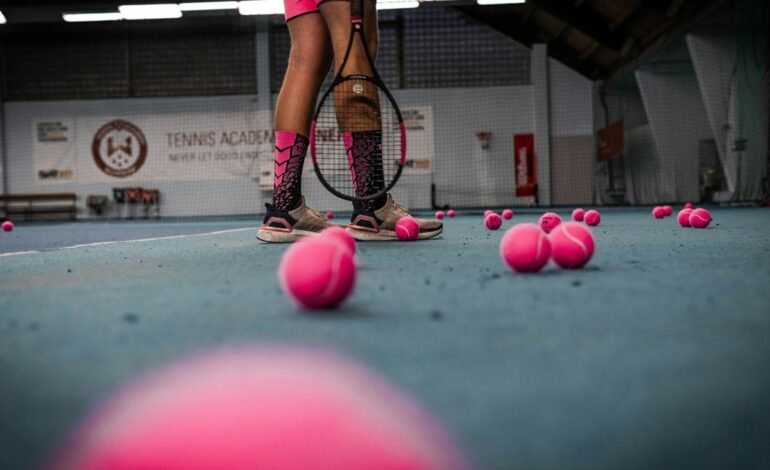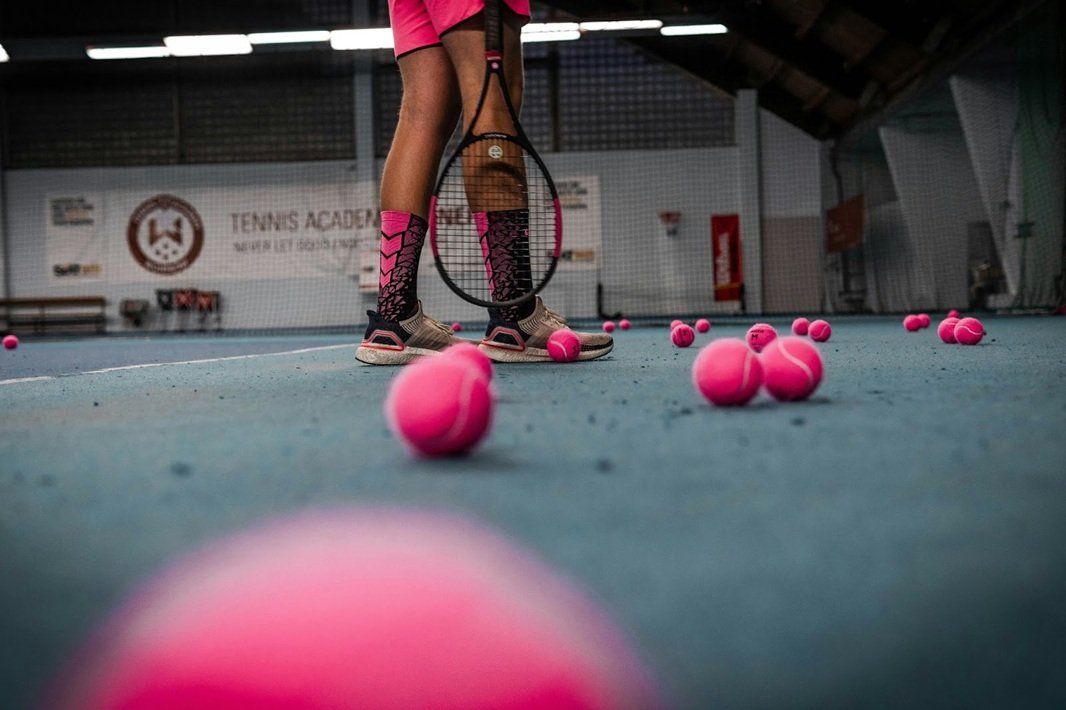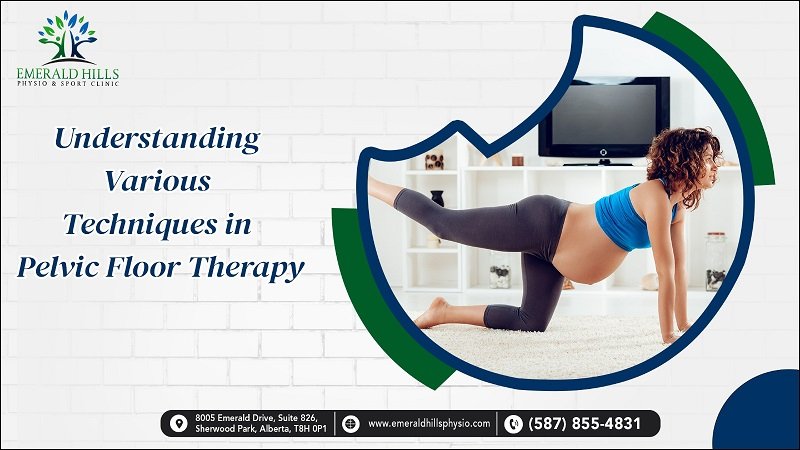Biotechnology: Developing Custom Sports Equipment Tailored to Athletes

What biotechnology means to the sports industry is yet again having a profound impact through the advancement of sports equipment. This complex area of science has brought about methods of personalizing this gear to individual sports personalities, and higher efficiency has been gained from its use. This article will explore the possibilities of biomaterial and 3D scanning as the breakthrough of biotechnology in sports engineering.
Customized Sports Gear: Profound Research
In order to design appropriate equipment for an athlete, one needs to know their biomechanics or how their body functions and responds to a given condition. Quantitative technologies like motion capture and pressure mapping allow researchers to examine each person’s momentum. According to this data, the combining of gear is made to be optimized so that it corresponds with the exact requirement of the athlete – that said, when watching another popular sports event after betting سایت مل بت on it, a fan can rest assured that their athlete will bring them huge wins.
For example, an analysis of gait while running may show some pressure zones and pronation types, which enables the creation of shoes that are properly fit. Likewise, knowing how a tennis player’s wrist kinematics during a serve can be used to design rackets that will not cause fatigue but at the same time be efficient, efficient rackets to enhance the player’s shot-making accuracy or precision.
The Role of Biomaterials
Biotechnology is very important in designing new materials for manufacturing sporting equipment. According to the biomaterials, they are artificial structures designed to offer similar performance as natural tissues in that they are light, strong, and can be easily adapted. For instance, carbon fiber composites are widely used to build rigid, durable, and great for performance in sports equipment. Given that the sports industry is now closely associated with betting, in-depth information is provided on platforms like Facebook MelBet so punters can discover essential details about the player’s performance. Thus, they make their bets based on thoroughly checked and proven facts about sports.
In addition, disposable products are made from biopolymers to create recyclable and biodegradable products. These materials clearly tend to lower the greenhouse footprint and, at the same time, offer athletes better-performing products in any climate or weather condition, be it desert heat or the freezing of an arctic cold.
It’s All About Shoes!
Today, shoe manufacturing is an area where biotechnology is particularly evident in sports shoe manufacturing. With 3D scanning applied, manufacturers can use the scans of athlete’s feet to develop suitable shoes. This makes for even more support, comfort, and performance levels for various external use ranges from regional, continental, national, and global.
Similarly, pressure sensors installed in shoe soles can track an athlete’s activity in real-time and share collected information with coaches and physical therapists if necessary. Innovations of this kind have made it possible for each of these sporting disciplines, like basketball, soccer, and long-distance running, to be game-changers.
Key Benefits of Customized Sports Equipment
- Enhanced Performance: Personalized gear maximizes comfort and efficiency, allowing athletes to focus entirely on their sport.
- Injury Prevention: Equipment tailored to biomechanical needs reduces the risk of strain, overuse injuries, and accidents.
- Sustainability: The use of biomaterials promotes environmentally friendly practices, minimizing waste.
- Real-Time Feedback: Integrated sensors and monitoring systems provide valuable insights to optimize training and strategy.
- Mental Confidence: Knowing their equipment is uniquely designed boosts athletes’ confidence and psychological preparedness.
Comparing Traditional vs. Customized Equipment
Looking Ahead: The Next Frontier
- Gene editing and fabrication could enable 100% naturally sourced, self-healing materials for sports equipment.
- Performance wear might dynamically adapt during use to provide optimal support based on real-time circumstances.
- Biosensor-equipped wearables are evolving rapidly, tracking metrics like hydration, muscle fatigue, and stress levels, with potential to revolutionize training and rehab.
- The integration of biotechnology in sports equipment defines the limits of athletic innovation while advancing sustainability and safety.
Improve Strengthening Recovery and Rehabilitation
Biotechnology is used not only to enhance performance but also to recover and improve injury rehabilitation. Athletes’ additional accessories like compression wear and braces help restore the body but allow the wearer to be physically active. Woven with integrated biologically enhanced textiles, compression clothing moderates blood movement and minimizes bruising. It also has a very positive knock-on effect in that it enables quicker recovery whilst reducing the chance of an athlete suffering a recurrence of their injury.
Likewise, custom-made orthotics and braces offer proprioceptive support, thus making athletes able to get back to training and competition without fear. Another groundbreaking concept is the incorporation of therapeutic elements into sport utility products. As an example, smart recovery suits containing electrodes provide electrical muscle stimulation (EMS) to bolster muscle repair. These advances indicate the increasing integration of both sports science and the world of medical innovation in the proposal of integrated solutions for athletes regardless of age.
Partnerships Are Vital
Such collaboration with prominent research companies has also intensified the innovation process while seeking the best partners. It also demonstrates how other fields, including material science, bioengineering, and sports medicine, combine to create the products that change athletics.
An example applies to the development of garments, which vary depending on the climate of the region in which the wearer is. These garments themselves alter with thermal variations to help establish the appropriate atmosphere for the athletes. Such examples demonstrate that biotechnology can fulfill not only demands related to needs connected to performance but also solve a number of issues that athletes could face concerning the environment.
Ethical Concerns
However, there are benefits where the advanced introduction of biotechnology in sports equipment has taken advantage from many unethical gains. Terms like accessibility, affordability, and equity need to be questioned to ensure that those are truly beneficial to all athletes.
Although some biomaterials could be used as the green solution, creating the most sophisticated gears might be relatively resource-intensive. Due to a general trend in the increase of sustainability initiatives, business entities are pressured to achieve growth while maintaining sustainable business models.
Looking Ahead: The Next Frontier
It has, therefore, become clear that the application of biotechnology in the gadgets used during sporting activities today is as extensive as one can possibly conceive. The important question is how synthetic biology and nanotechnology can proceed or advance in the context where human concepts continue to expand.
The most interesting opportunity is the usage of VR and AR technologies in sportswear. With these technologies lies the possibility of bringing training replicates of competitions and fine-tuning athletes, and the environment is specially designed for this purpose. Digital innovation resulting from the combination of biotechnology offers new capabilities when integrated with it.











